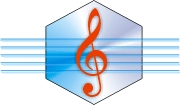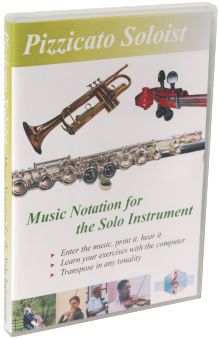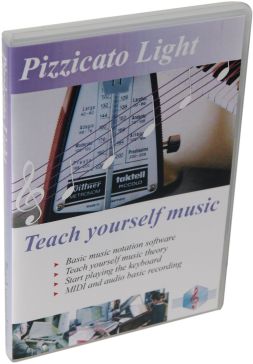Courtesy key and time signatures
In Pizzicato, the Automatisms…
item in the Options menu presents two options entitled Courtesy
key signature and Courtesy time signature. What is
the use of these options? In a score, the time signature and the key
signature sometimes change during the piece. When it occurs at
the end of a staff, and to avoid the surprise of the player when
his eyes "jump" to the next line, the new key (or time)
signature is displayed at the end of the staff, on an extension
of the lines after the last bar line, to alert the player about
this change. This key (or time) signature is called a courtesy
key or time signature. Pizzicato activates these options by
default, which is useful in a score. It can also be useful to disable them when a
score includes several short independent pieces, whose key and
time signatures do not have continuity between them. In this
case, there is no need to display a courtesy time or key
signature. To force Pizzicato to display the key or
time signature at the beginning of the next staff, you can use
the measure parameters function (professional version only): www.arpegemusic.com/manual34/EN395.htm

All rights reserved for all countries
Pizzicato is a trademark owned by Arpege sprl





























